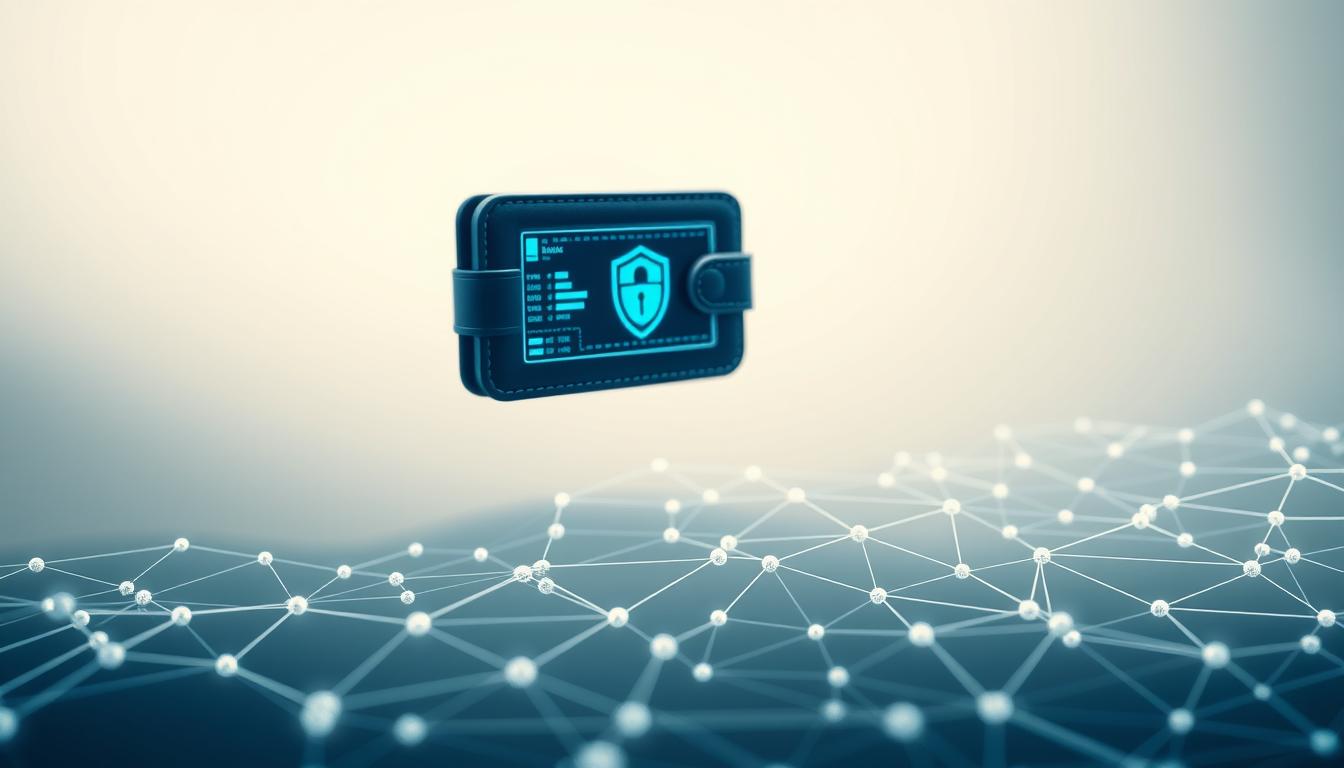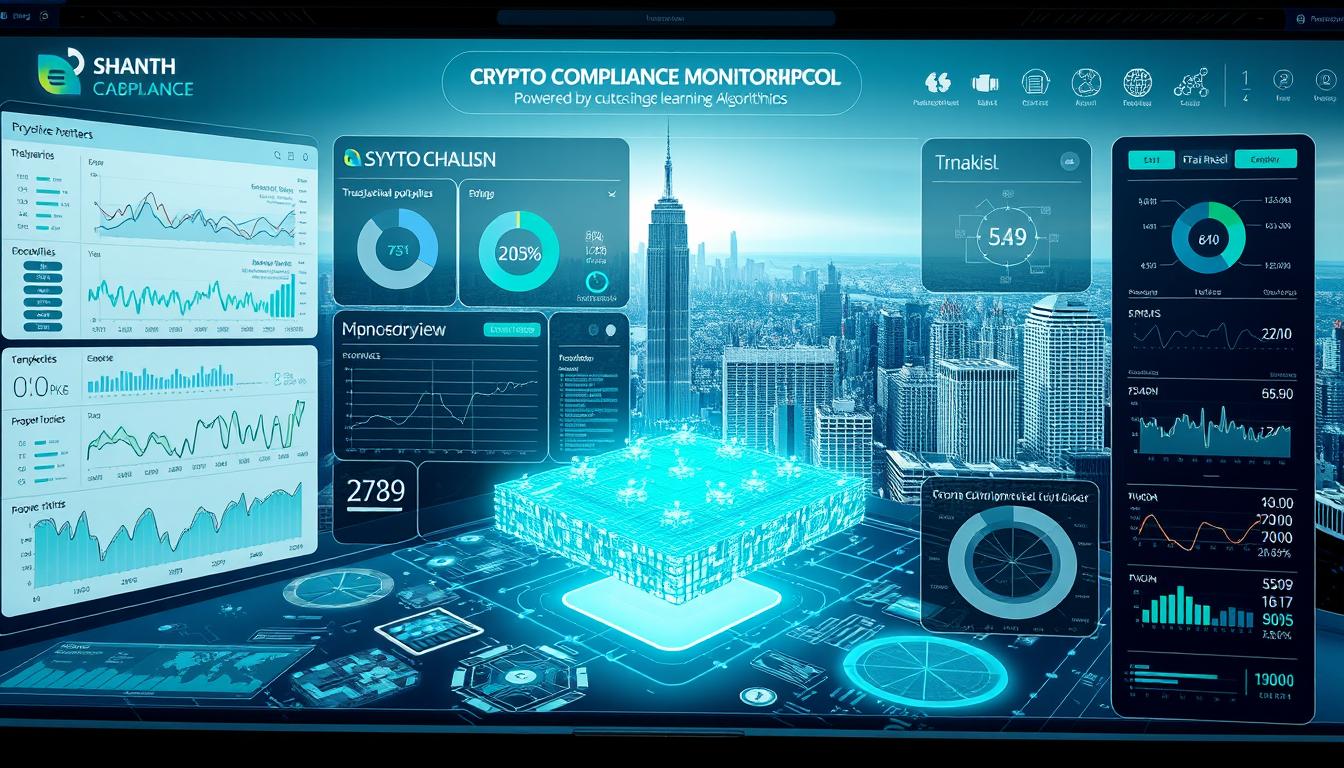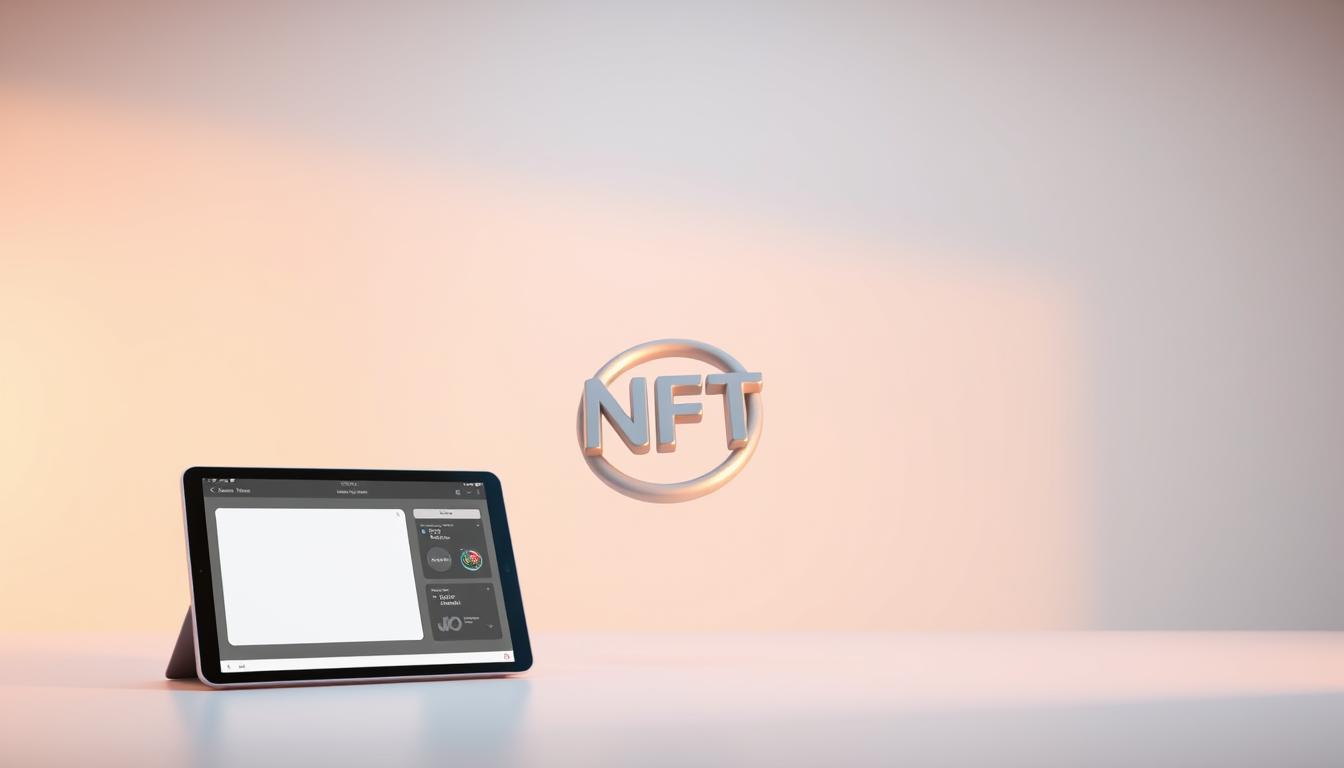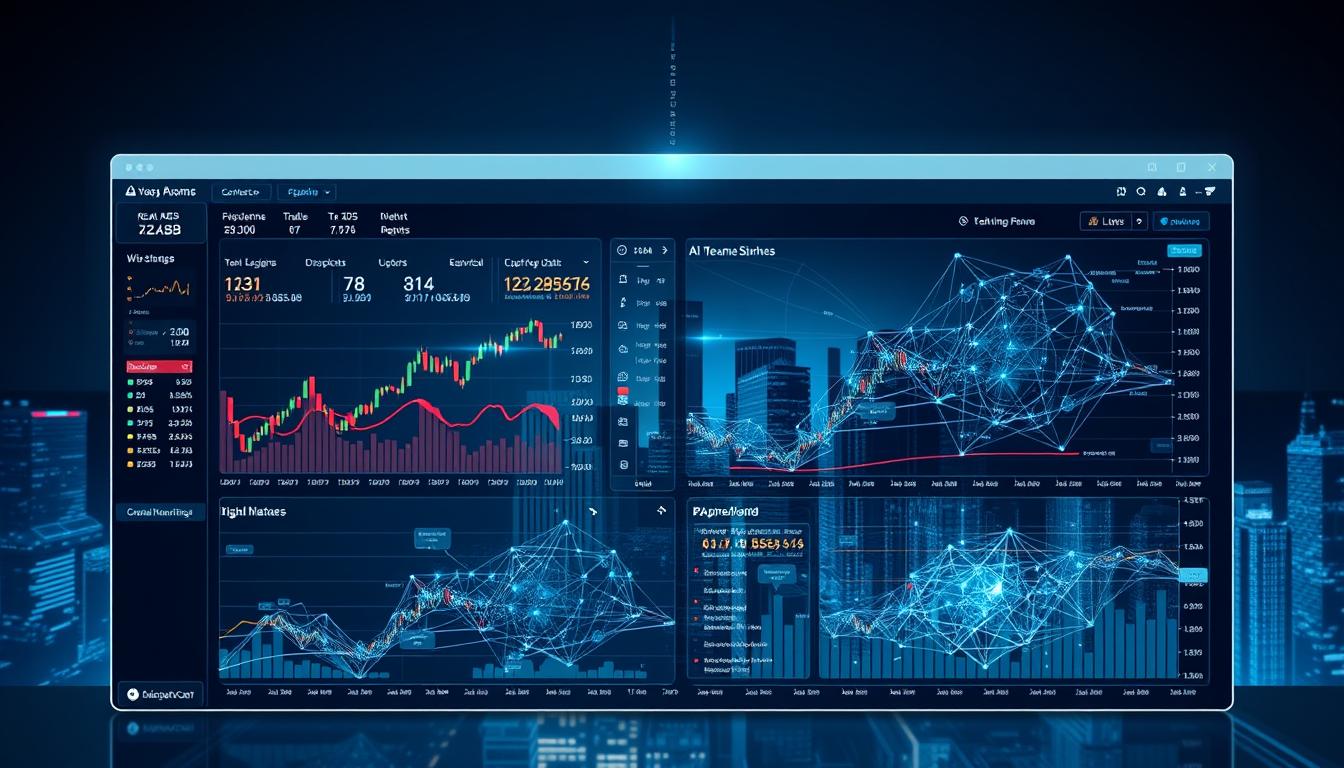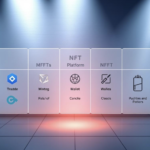Smart contracts are powerful tools that run on their own secure digital ledgers. However, they operate in a closed environment. This creates a major challenge known as the “Oracle Problem.”
Blockchain Technology11- Page
In our connected world, businesses manage huge amounts of sensitive details. Industries like finance, healthcare, and logistics rely on keeping this information safe and accurate. The need for reliable systems
The digital asset industry faces a unique challenge. Global regulations are tightening, demanding greater oversight. Traditional methods often fall short in this fast-paced environment. Financial institutions and blockchain platforms need
Modern companies face a rapidly changing digital world. They need new tools to stay competitive and secure. Distributed ledger technology offers a powerful solution for these challenges. This guide explores
The digital landscape is transforming how public services operate. With cybersecurity threats on the rise, officials seek robust solutions. Distributed ledger systems offer promising answers to these challenges. Market growth
The digital art world is changing fast. New technology lets artists create and sell their work in exciting ways. This opens doors for creators everywhere. Blockchain technology makes this possible.
Two powerful technologies are coming together to create smarter digital systems. Blockchain enables direct, secure transactions between users without middlemen. This decentralized approach generates massive amounts of public information. Advanced
The digital currency landscape has transformed into an incredibly complex environment. Making smart moves in this space requires more than just following basic charts or trusting your instincts. Today’s market
The way we handle patient information is changing. Traditional systems often struggle with security and sharing data between different providers. This creates big challenges for giving the best care. Distributed
The financial landscape is evolving rapidly. Powerful new tools are changing how people approach the markets. These systems analyze immense amounts of data to find hidden patterns. For modern traders,



